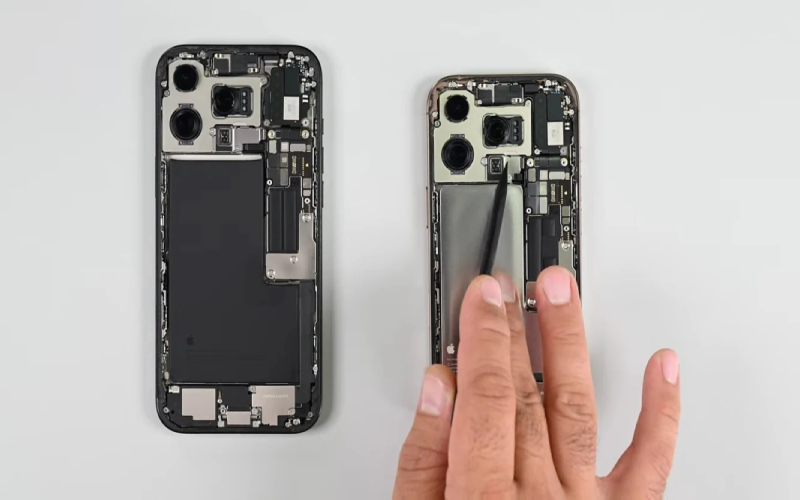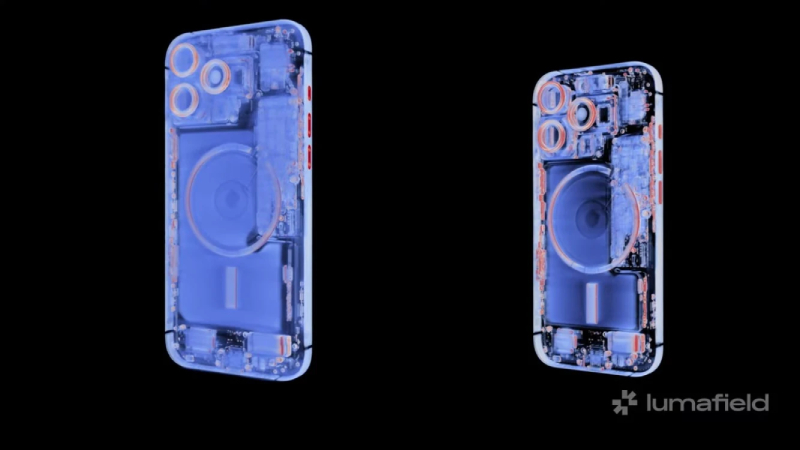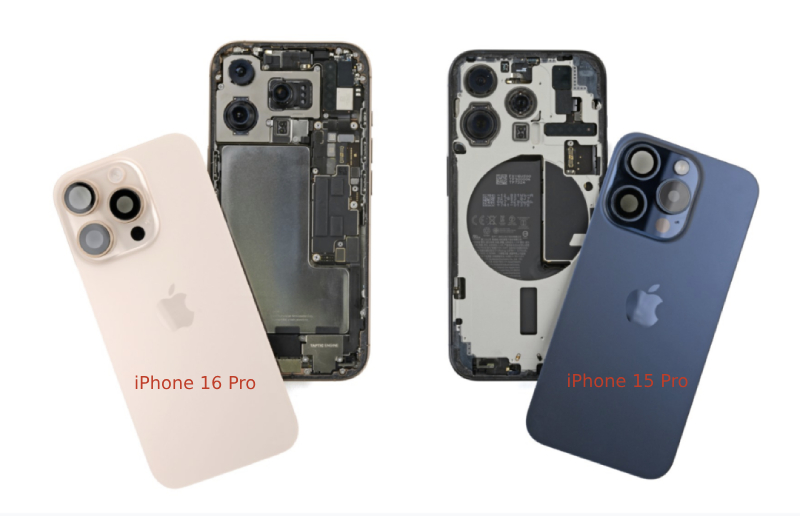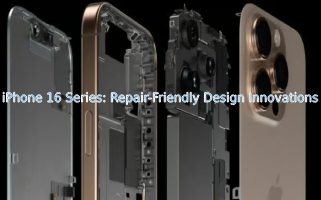The latest disassembly reports on the Apple iPhone 16 series from iFixit have revealed significant improvements in repairability, making the process easier and safer for users and professionals alike. Let’s delve into the details of these enhancements and how they contribute to a more accessible repair experience.
Battery Replacement: A Safer and Easier Process
One of the most significant improvements in the iPhone 16 series is the new battery removal process. The iPhone 16 and iPhone 16 Plus have introduced a revolutionary method that uses a 9V low-voltage current to loosen the ionic liquid battery adhesive. This innovative approach allows for a quicker and safer battery removal compared to the traditional stretch-release adhesive, significantly reducing the risk of damage during the process.
The Pro models, while not adopted the ion liquid adhesive method, have adopted an aluminum battery enclosure, a first in the iPhone series. This design not only aids in heat dissipation but also provides a more robust structure that resists bending during the repair process, further enhancing safety.


Improved Modularity for Easier Repairs
The iPhone 16 series has also seen improvements in modularity, making repairs more accessible. The LiDAR scanner is now a separately accessible unit, allowing for easier replacement and even interchangeability between models without the need for recalibration. This level of modularity is a significant step forward, reducing the complexity and time required for repairs. While in the iPhone 15, the LiDAR component is completely unrepairable: when we replace the new LiDAR sensor, the camera app initially loads and then crashes. Now, replacing the new LiDAR component is an easy process.
Additionally, the logic board in the iPhone 16 series is more accessible, requiring the removal of only the upper speaker component. This design change simplifies the process of accessing and replacing key components, contributing to the overall ease of repairs.

Design Adjustments for Enhanced Repairability
The iPhone 16 series has adopted a “front and back opening” design, which allows for most repairs to be carried out through the more affordable and less fragile back glass. This is a significant advantage, especially for those looking to perform repairs at home for the first time.
The iPhone 15 Pro and Pro Max, although the phones can also be opened in both directions, are primarily mounted on the back of the frame rather than the front. This means that most repairs require going through the fragile OLED panel. When you remove the back glass of the iPhone 16 Pro (left), you can essentially fix everything except the screen. While under the back glass of the iPhone 15 Pro (right), the frame blocks your way.

The iPhone 16 series represents a notable evolution in the realm of repair accessibility and safety. With innovative battery removal processes, improved modularity, and design adjustments that prioritize ease of repair, Apple has demonstrated a clear commitment to making their devices more user-friendly and professional repair-friendly.
